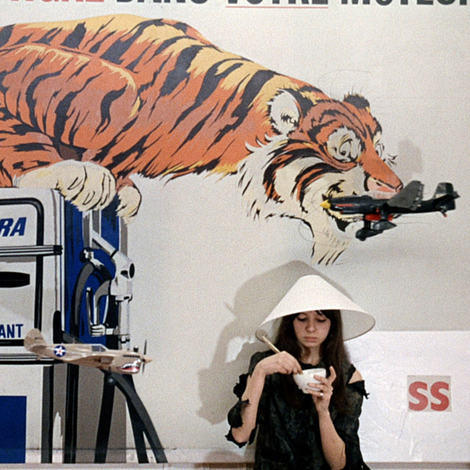When I began work on my book Magic in the Air: The Myth, the Mystery, and the Soul of the Slam Dunk, I made certain assumptions about where I would have to go so I could research the topic properly. The book was to be an anecdotal, narrative history of basketball, of American popular culture, of civil rights and racial reckoning, of the rise of the Black athlete and the game’s growth into a multi-billion-dollar industry. So … cities. I figured I would spend a lot of time in cities. And gyms. And arenas. And playgrounds. Basketball is primarily an urban sport, after all. I figured I would go where the players are and where the legends had been.
I did not figure that I would be standing on a browned expanse of farmland, on a scorching spring afternoon in West Texas, scanning the earth for rattlesnakes.
I was there with Oliver Fortenberry, the son of former semi-pro basketball player Joe Fortenberry, who, with the help of New York Times sportswriter Arthur Daley, acquainted the nation with the term “dunk” in the context of basketball. While playing for the McPherson Oilers, in a layup line before an exhibition game at Madison Square Garden, Joe “left the floor,” Daley wrote in the paper in March 1936, and “pitched the ball downward into the hoop, much like a cafeteria customer dunking a roll in coffee.” There had been earlier dunks by other players, but none touted in the pages of The New York Times. None with that measure of publicity. Four months later, Joe was the best player on the first gold-medal-winning U.S. men’s basketball team in Olympic history, a six-foot-eight center who joined Jesse Owens and the rest of Team USA in thumbing their noses at Hitler during the Berlin Summer Games.
The Fortenberrys had moved to the town of Happy, Texas, when Joe was 14. The family barn had been built on that vast stretch of land. Oliver, who was 73 when I visited him in May of 2023, and I off-roaded there in a rented RAV4, and before we got out of the car, Oliver warned me, “Watch out for rattlesnakes. Truly.”
A barrel hoop, nailed to one of the sides of the barn, had been Joe’s basketball classroom. He learned to shoot there, trained himself to jump high enough to shove the ball through the hoop. There wasn’t a square of asphalt in sight.
“Imagine a gangly, tall kid,” Oliver said, “playing basketball in the middle of nowhere.”
Joe Fortenberry “left the floor [and] pitched the ball downward into the hoop, much like a cafeteria customer dunking a roll in coffee.”
As the months passed, my research took me to those arenas and gyms and playgrounds. I learned that in the summer of 1968, Julius Erving, the immortal “Dr. J,” just a teenager then, threw down a rebound dunk during a pickup game on Long Island over a competitor named “Bob”—the track-and-field star Bob Beamon, who that October would break the world long-jump record at the Summer Olympics in Mexico City. I tracked down Carl Agard—the son-in-law of “Jumpin’” Jackie Jackson, a former Harlem Globetrotter and New York streetball god—who was happy to share with me the unpublished and unfinished memoir that he and Jackson had been writing until Jackson’s death, in 2019.
I dived into the retrograde thinking and decisions that led to the banning of the dunk throughout college and high-school basketball from 1967 to 1976. And I discovered that even now, nearly five decades after the ban was lifted, the N.C.A.A. has no interest in letting the public in on the full story of why the dunk was outlawed in the first place—and how the race of the players doing the dunking factored into the decision. (The association refused to allow me access to the papers and archives of Walter Byers, who was the N.C.A.A.’s president when the ban went into effect.)
I explored stories about which I knew little before beginning the book: that of Erving and the American Basketball Association (A.B.A.), Connie Hawkins and the Pittsburgh Pipers, Ja Morant and the community of Murray, Kentucky—past and present connected by the most powerful shot in basketball.
Still, though, I return mostly to that patch of land in Happy, where a proud son stared at the horizon and spoke of his father, where the snakes stayed away just long enough, where one story about the shaping of a sport, one of its most important stories, began.
Mike Sielski is a sports columnist at The Philadelphia Inquirer and the author of The Rise: Kobe Bryant and the Pursuit of Immortality

